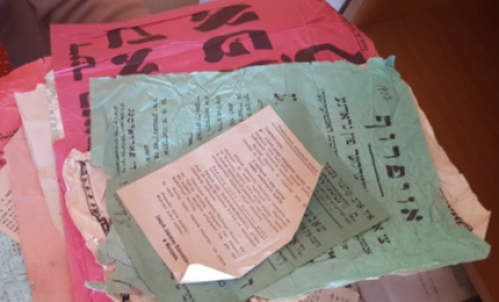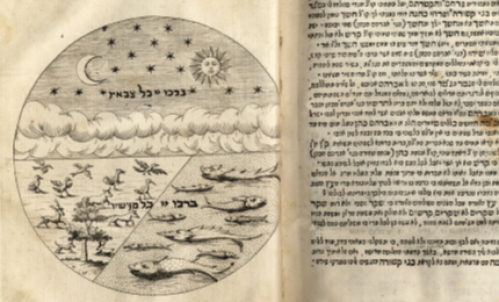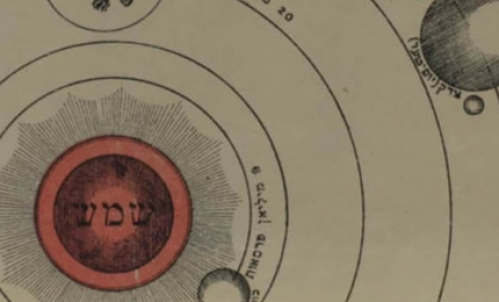A Haggadah from 1830
by ROBERTA NEWMAN
Over 300 books at the Martynas Mažvydas National Library of Lithuania have now been digitized for YIVO’s Vilna Collections project, and in March 2016, YIVO received the first batch of digitized books. This first year of the project the priority has been books published in Lithuanian lands: Hebrew books from the private Strashun collection and early nineteenth-century Yiddish books.
The text of this Haggadah, published in Vilna and Grodno in 1830, would be familiar—in more ways than one—to most Jews sitting at their seder tables today, 186 years later. The traditional text is virtually the same, not surprisingly, and (like the Maxwell House Haggadah, so widely in use in America for generations) this Haggadah is bilingual, intended for the masses. In this case, the translation is into Yiddish, the everyday language of Jews in the Russian Empire.
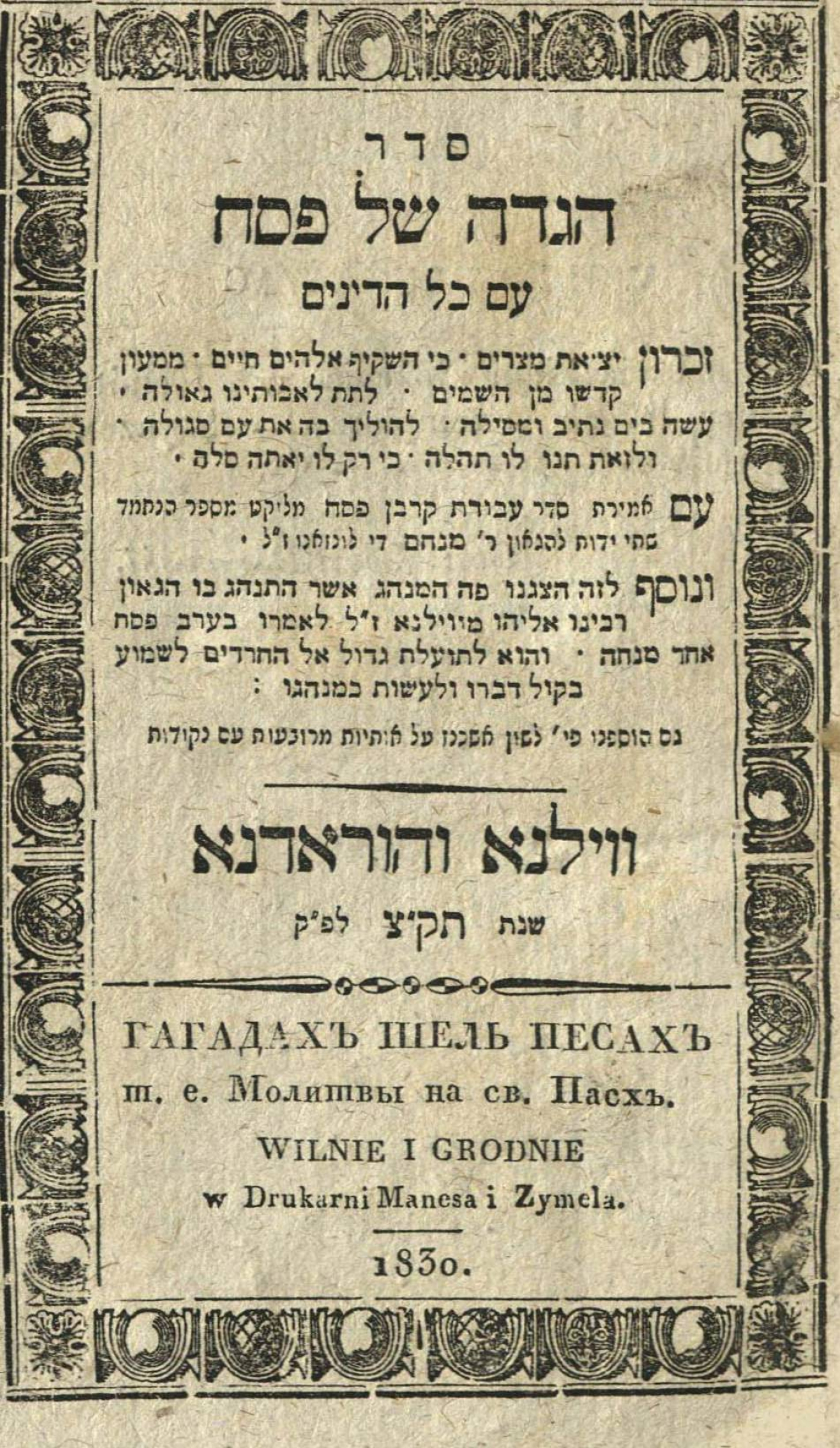
The Yiddish text summarizes the Hebrew and Aramaic text and also gives directions on how to perform the different rituals of the seder according to the minhag (custom) of the Vilna Gaon. The Gaon, Eliyahu ben Shelomoh Zalmen (1720-1797) was a legendary Torah scholar, kabbalist, and communal leader. Born on the first day of Passover, he appeared to have a keen interest in this particular Jewish holiday. He was the author of extensive commentary on the Haggadah (though that is not included in this book) and had distinctive opinions on many Passover-related customs and rituals, including on how to set up the seder plate.
This excerpt from the “four sons” provides a Yiddish translation on the bottom half of the page for the verses about the wicked and simple sons and the one who does not know how to ask.
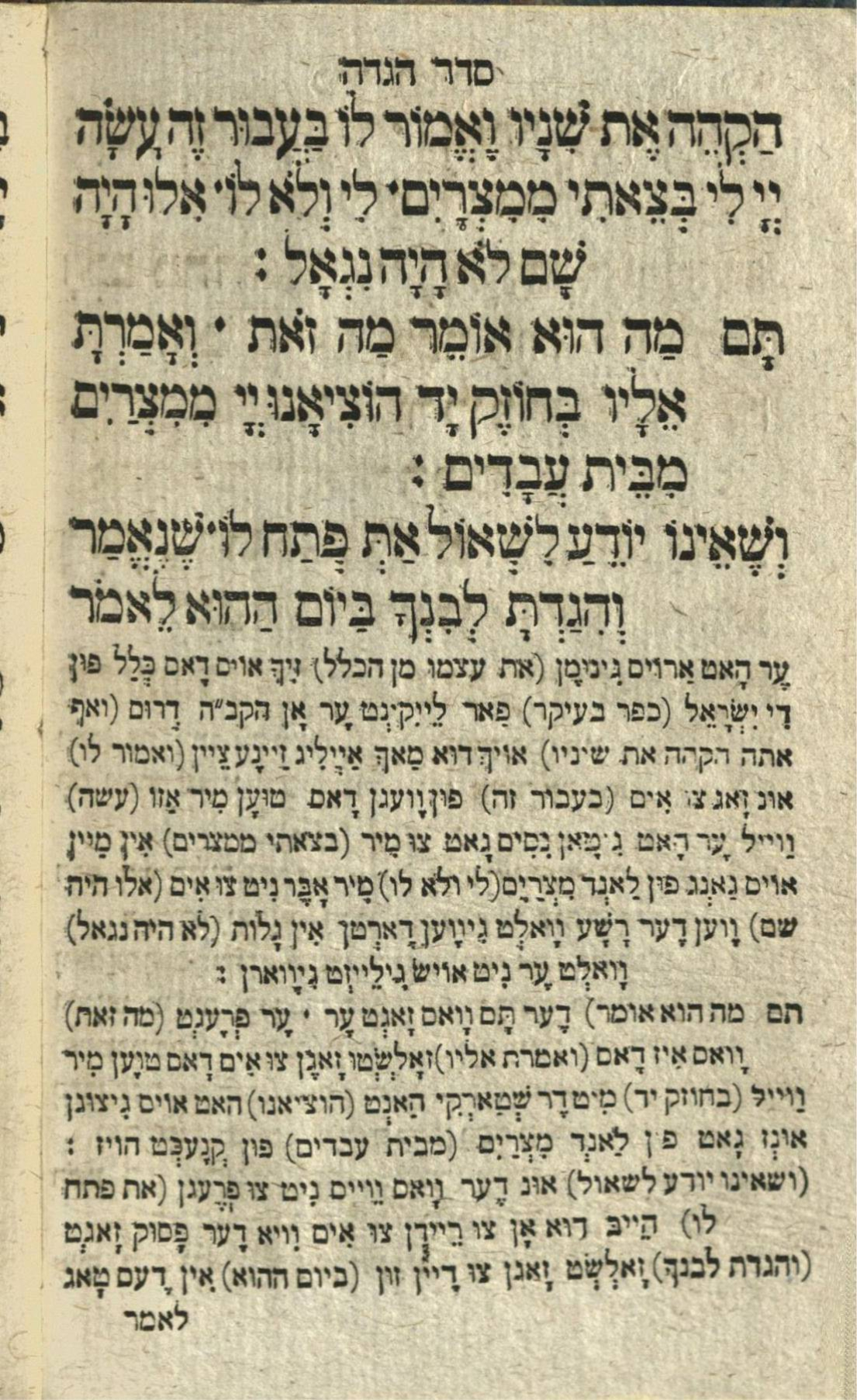
Happy Passover – A zisn Peysekh – from YIVO!
Roberta Newman is YIVO’s Director of Digital Initiatives.
